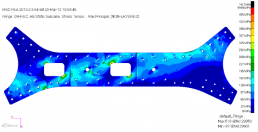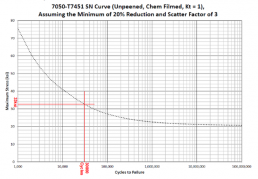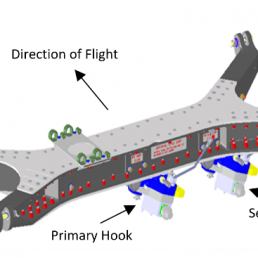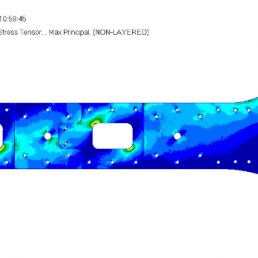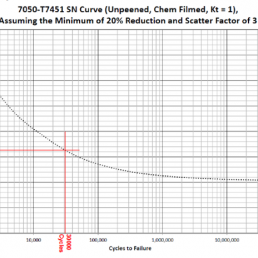Task Objectives
Airframe Designs was engaged by a UK Based EASA Part21J Design Organisation to provide expertise and guidance to support the structural substantiation and certification of a Human External Cargo Dual Hook Lifting Beam. The customer for the product was Bell Helicopters (Canada) and the beam was being developed for the 429 model.
The metallic lifting beam is fastened beneath the belly of the helicopter to four existing provisions (lugs) included at build. The HEC system was specially designed to be redundant or failsafe, i.e. failure of any of the four main attachments to the airframe does not lead to catastrophic failure of the entire system. For HEC lifting operations, the primary hook is used to lift the cargo (human) whilst the secondary hook provides the redundancy and alternative load path.
Human External Cargo Airworthiness Regulations EASA imposes specially written regulations for carrying human external cargo beneath helicopters: CS 27.865 – External Loads, paragraph (c). These regulations require compliance to a more stringent set of static strength requirements and also require a fatigue evaluation per CS 27.571.
Static Strength SubstantiationOf Human External Cargo Dual Hook Lifting Beam
For static strength, a finite element model was prepared and loaded for the HEC payload considering both ULTIMATE design cases (intact structure) and LIMIT design cases (failed load paths). The idea being that if something fails, the pilot will recognise the event and land immediately.
Fatigue Evaluation
The Durability Target for the HEC Hook Provision was based on a usage spectrum of 30,000 Ground-Air-Ground lifting cycles.
The principal structural elements of the beam are made from Aluminium Alloy 7050-T7451 (AMS 4050) and reference to appropriate S~N curves enabled the determination of the maximum stress to achieve a safe life of 30000 cycles.
Checks were then carried out to ensure all parts exhibited stress levels below this level to meet the durability target.
Testimonial
(Leon Winnert – DO Project Manager)
“AFD gave excellent service in all areas. When they joined the team, the means of compliance for the structural airworthiness requirements were being re-negotiated internationally. AFD quickly rationalised the HEC requirements and proposed a clear strategy for the strength substantiation and compliance demonstration, convincing EASA specialists in the process.”

